(Above) Dr. Casey Church, a member of the Pokagon Band of Potawatomi Indians of southwest Michigan and pastor of Good Medicine Way, leads a round dance at the 2018 Celebration of Culture Celebration Culture
This August, The Salvation Army in Canada and Bermuda, in partnership with Indigenous Pathways, will host the fifth annual Celebration of Culture. This event is a sacred space where Indigenous and non-Indigenous followers of Jesus will gather to walk in good relations. Captain Crystal Porter asked people from across the territory who have attended the weekend in the past to share what they learned.
What motivated you to attend the Celebration of Culture?
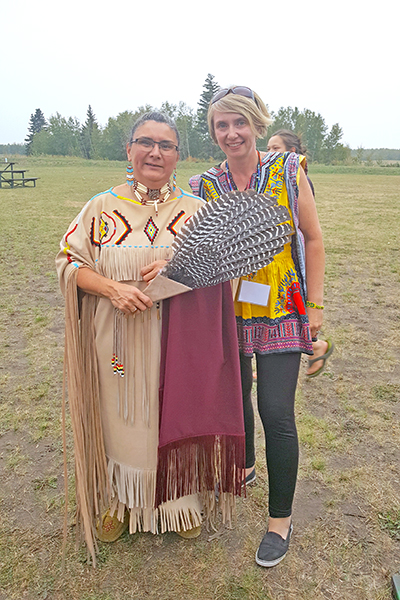
Stacey Dlamini: I’ve always been interested in the work of racial reconciliation. I spent 13 years of my adult life living in South Africa and was engaged in the work of building bridges between cultures both personally and professionally. Through this work, I realized that I had no significant relationships with any Indigenous people in my own country, and I didn’t know much about Indigenous cultures or worldview.
When I moved back to Canada in 2013, I found a country that was starting to take its first steps in the long and painful process of racial reconciliation between Indigenous people and settler Canadians. I wanted to know more, and to do more, here in my home country. I wanted to be part of that work. When I heard about the Celebration of Culture, I asked to attend and was supported in this by my leaders.
Major Cathie Harris: I was privileged to attend the first Celebration of Culture at Pine Lake Camp in Alberta in September 2017. From the time I saw it advertised I wanted to attend. I have followed the Truth and Reconciliation Commission journey in Canada since then Prime Minister Stephen Harper’s apology in 2008. I had read books and participated in a number of gatherings around reconciliation. I was excited to see this event sponsored by The Salvation Army. I anticipated that it would be a learning experience—and it was!
Can you share with us a memorable moment from the weekend?
Major Ray Harris: There were many memorable moments during the pow wow. Who could forget watching Commissioner Susan McMillan, then territorial commander, join the circle dance? However, one memorable moment for me was to join a small group to witness a pipe ceremony as we began the day. It was moving to listen and watch as the pipe directed us to different points on the compass and prayer was offered to the Creator for the created world and our place in it. The land I had experienced years ago took on new significance.
Pamela Richardson: There were many memorable moments from the weekend, so it’s difficult to choose only one. The one that comes immediately to mind is hearing first-hand the stories and experiences of individual Indigenous people who were directly impacted by the Indian residential school system, as well as those who were just beginning their journey of reconnecting with their Indigenous roots.
Another moment I won’t forget is when Dr. Terry LeBlanc, a Mi’kmaq/Acadian who is the director of NAIITS An Indigenous Learning Community, patiently taught a group of us how to erect traditional tipis for the pow wow. I know he could have completed the task so much more quickly and easily without our “help,” but the sense of pride and accomplishment we felt when we were finished was wonderful. It was especially moving—and exciting—to work side-by-side with one man who was connecting with this part of his Indigenous roots for the first time. His joy was so evident!
My fondest memory from the Celebration of Culture is the public pow wow that took place on Saturday afternoon. I was amazed at the beauty of the regalia worn by my new Indigenous friends, from the youngest children to the most distinguished elders in attendance, as well as their skilled dancing. I felt so privileged to be in attendance, to watch the proceedings unfold, but then we were all invited to participate in inter-tribal and friendship dances. It was so exciting to see everyone—and I mean everyone—celebrating together. In fact, we learned from the weekend’s musical guest, Dr. Cheryl Bear, Nadleh Whut’en from the Dakelh Nation and Dumdenyoo (Bear) Clan in central British Columbia, that this was the first pow wow she had attended that had 100 percent participation in a friendship dance.
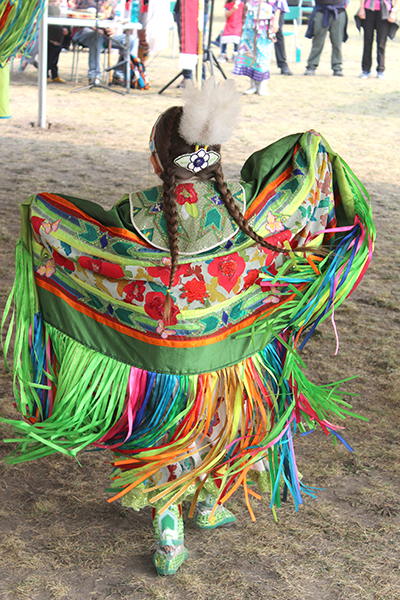
Hilda Nyce: My memorable moment would be the singing and dancing, seeing everyone in their regalia and feeling positive energy all around. Words of encouragement: “One’s life has value so long as one attributes value to the life of others, by means of love, friendship, indignation and compassion."
Years later, are there any teachings or experiences that continue to shape the way you live as a Jesus follower?
Major Cathie Harris: I’ve become more consciously aware of God as Creator. I witnessed the way Indigenous traditions and Christian practices complement one another. I continue to watch for ways our traditions can enrich one another.
Major Ray Harris: Five years later, I have only become more aware of the contested history of Canada. One of the experiences that remains with me is the way the young people present were included in the various dances. In full regalia, they played an essential role. The tragic discovery of graves at Indian residential schools has only heightened for me the importance of our young people and how we honour their lives. I was deeply impressed as young Salvationists from northern British Columbia gave full expression to their Indigenous culture as well as their identity as Salvationists. It is so essential today that we recognize the different cultural expressions that constitute international Salvationism, and this is important for Canadians to realize within our own nation and nations.
What words of encouragement do you have for others who are thinking about coming in 2022?
Major Cathie Harris: There is something powerful about being together, face to face, Indigenous and non-Indigenous people. Hearing the stories while watching body language and listening to tone of voice accentuates the testimony and builds understanding. Worshipping together is a unifying experience. Attending the Celebration of Culture will be an experience of growth in understanding.
Stacey Dlamini: Do it! Go with an open mind, an open heart and a teachable spirit. Do not put the burden of your education on Indigenous people, but prepare yourself by reading what you can, exposing yourself to Indigenous media and books and by seeking out resources that will teach you the unfiltered history of this land. Allow yourself to feel the shame and the pain that we often feel when we’re confronted with the past, but don’t get stuck there. Let those feelings spur you on to speak, to write, to work and to act as agents of reconciliation in our land. Let’s shoulder the burden and do the heavy lifting together, because Indigenous people have been carrying too much on their own for too long.
For more information about this year’s Celebration of Culture, visit: www.saMissionResource.ca/COC2022
Captain Crystal Porter (Mi’kmaq and European ancestry) is the associate territorial Indigenous ministries consultant, divisional Indigenous ministries consultant and divisional children and youth secretary in the Prairie Division.




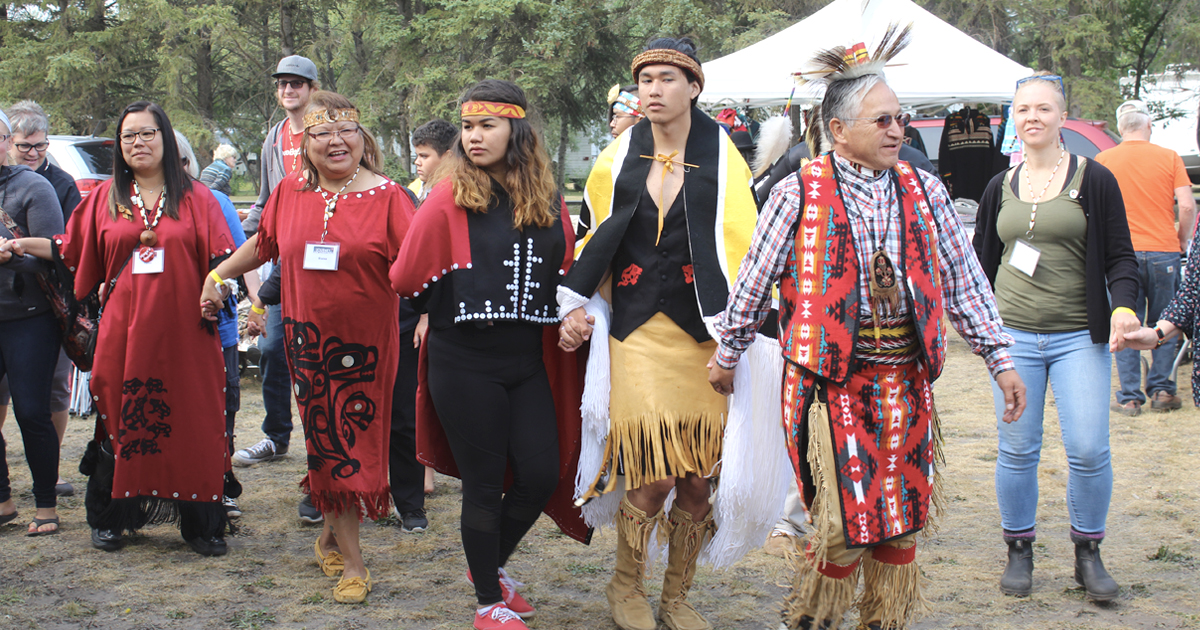
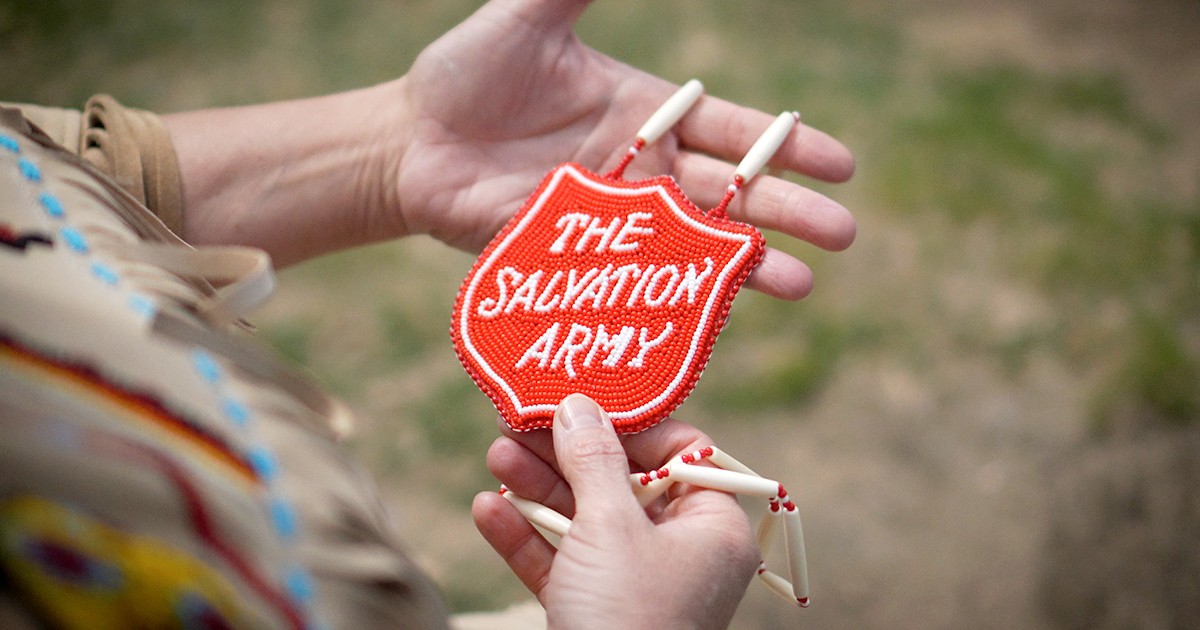
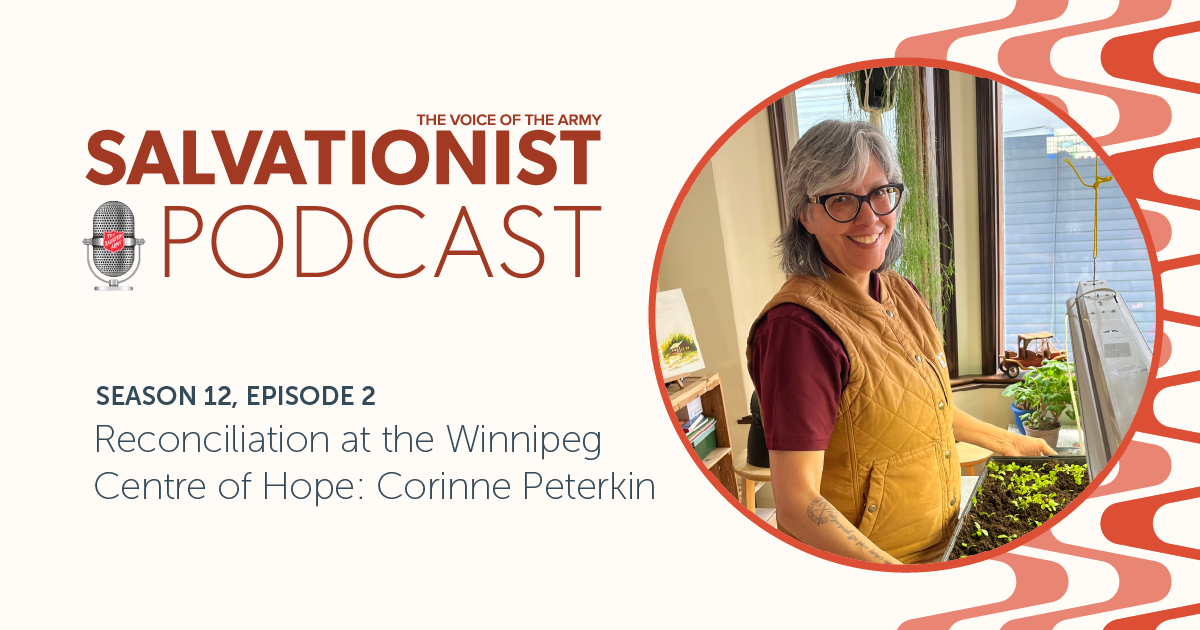
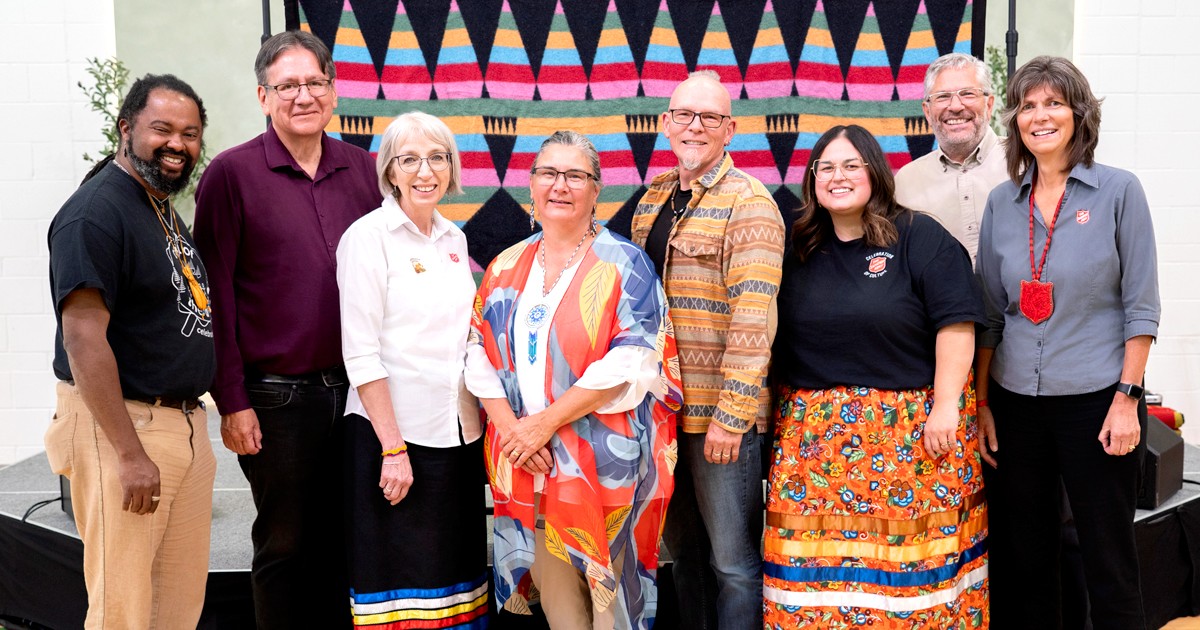


Leave a Comment